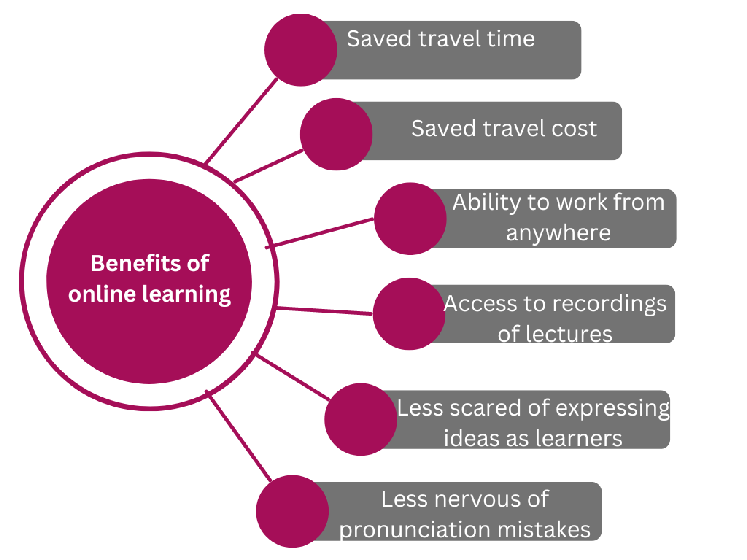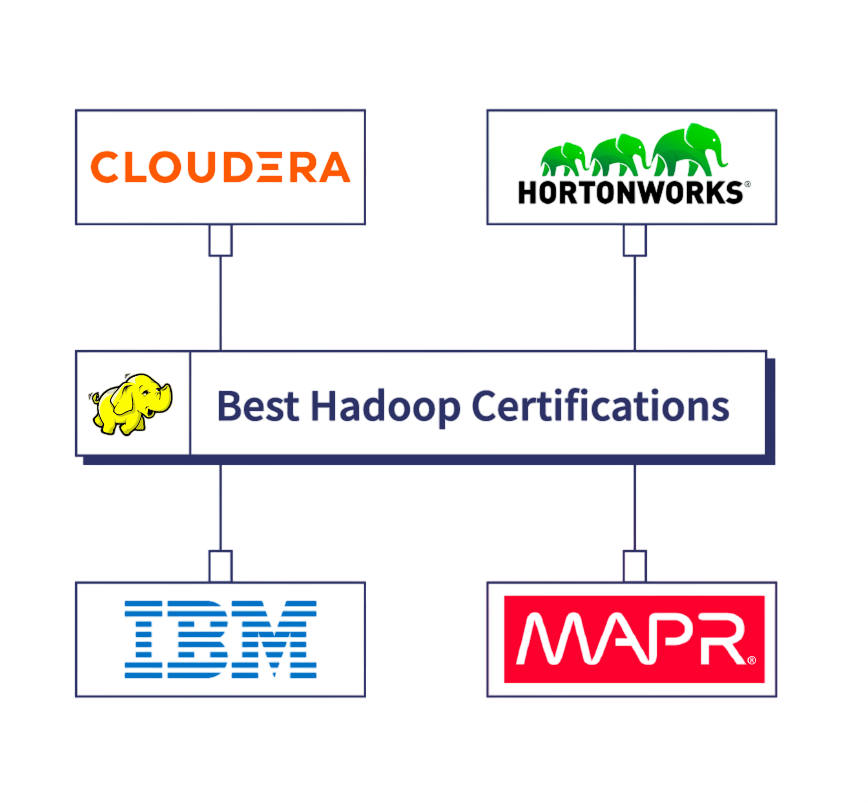
- Introduction to Online Hadoop Training
- Benefits of Virtual Learning
- Topics Covered in the Training
- Live Sessions vs Recorded Content
- Practical Projects and Labs
- Certification Preparation
- Mentorship and Support
- Platform Features and Flexibility
- Final Summary
Introduction to Online Hadoop Training
In today’s data-driven world, organizations generate massive volumes of structured and unstructured data. Managing and extracting insights from this data requires scalable tools and that’s where Apache Hadoop comes in. Hadoop has become the backbone of Big Data infrastructure across industries. To meet the rising demand for Hadoop professionals, virtual classes have emerged as a convenient and effective way to gain in-depth knowledge and hands-on experience. Online Hadoop training enables students and working professionals to learn at their own pace, interact with experts in real time Data Science Training, and build practical skills without the constraints of a traditional classroom. Whether you’re a developer, data analyst, system administrator, or a fresher looking to enter the Big Data space, virtual Hadoop classes provide a powerful entry point. Online Hadoop training offers a flexible and accessible way to learn big data management and processing using the Hadoop framework. It combines theoretical knowledge with practical experience, enabling learners to understand Hadoop’s core components such as HDFS, MapReduce, and YARN. Through virtual classes, students can participate in live sessions or access recorded content, making it convenient for various schedules. Hands-on projects and labs reinforce learning by providing real-world scenarios.
Benefits of Virtual Learning
Virtual Hadoop training brings flexibility, accessibility, and convenience to learners. Students can join from any location, eliminating travel time and allowing learning alongside jobs or other studies. Many platforms offer weekend or evening sessions to suit different schedules. Another major benefit is self-paced learning through recorded lectures, allowing learners to revisit complex topics Kafka vs RabbitMQ . Learners often have lifetime access to learning resources, notes, and recordings. Additionally, virtual classes can offer more interaction than traditional setups through discussion forums, group chats, doubt-clearing sessions, and one-on-one mentoring.

Virtual learning offers numerous benefits, making education more accessible and flexible. It allows learners to study from anywhere, eliminating geographical barriers and saving time and travel costs. With options like live sessions and recorded content, students can learn at their own pace and revisit materials as needed. Virtual learning also supports diverse learning styles through multimedia resources Data Architect Salary , interactive quizzes, and discussion forums. It fosters self-discipline and time management skills while providing access to expert instructors and global communities.
Interested in Obtaining Your Data Science Certificate? View The Data Science Online Training Offered By ACTE Right Now!
Topics Covered in the Training
A well-rounded virtual Hadoop training course typically covers the full Hadoop ecosystem, offering both theoretical knowledge and hands-on practice. Core topics include:
- Introduction to Big Data and Hadoop
- HDFS (Hadoop Distributed File System)
- MapReduce Programming Model
- YARN (Yet Another Resource Negotiator)
- Apache Hive for data warehousing
- Apache Pig for data flow scripting
- Apache Sqoop for data import/export
- Apache Flume for log data ingestion
- Apache HBase for NoSQL storage
- Oozie for workflow scheduling
These topics are supplemented with practical exercises, real-time project work, and exposure to Linux commands and shell scripting, Cassandra Keyspace all essential in Hadoop environments.
To Explore Data Science in Depth, Check Out Our Comprehensive Data Science Online Training To Gain Insights From Our Experts!
Live Sessions vs Recorded Content
Live Sessions
- Real-time interaction with instructors and peers
- Immediate answers to questions and doubts
- Scheduled classes promote discipline and routine Data Science Training
- Opportunities for live discussions and group activities
- Can adapt content dynamically based on participant needs
- May have limited flexibility due to fixed timings
- Learn anytime, anywhere with flexible timing
- Ability to pause, rewind, and review lessons multiple times
- Ideal for self-paced learning and busy schedules
- No pressure of attending at a specific time
- Limited real-time interaction and immediate feedback
- May lack spontaneous discussions and live engagement
Recorded Content
Practical Projects and Labs
Hands-on learning is a cornerstone of Hadoop training. Virtual labs simulate real-world Hadoop clusters, allowing students to execute commands, Apache Spark Certification write MapReduce jobs, and build end-to-end data pipelines.
- Word Count using MapReduce
- Log Analysis using Hive and Pig
- Twitter sentiment analysis using Flume and HBase
- Retail sales data analysis with Hive
- Banking fraud detection using Spark on Hadoop
- Cloudera Certified Associate (CCA)
- Hortonworks Certified Associate (HCA)
- MapR Certified Hadoop Developer
- Microsoft Big Data certifications
- AWS Big Data Specialty (for Hadoop on AWS)
- Dashboard for tracking progress
- Downloadable study materials and code files
- Interactive quizzes and assignments
- Discussion forums and chat support
- Certificates of completion
Common lab projects include:
These projects build confidence and provide portfolio-ready work to showcase to employers. Most virtual courses include sandbox environments, cloud labs, or virtual machines preconfigured with Hadoop components for practice
Gain Your Master’s Certification in Data Science Training by Enrolling in Our Data Science Master Program Training Course Now!
Certification Preparation
Certification increases your credibility as a Hadoop professional. Many virtual classes are designed to prepare learners An ETL Audit Process for top certifications such as:

Training modules often include practice exams, mock tests, and instructor guidance tailored to certification objectives. By the end of the course, students are not only job-ready but also equipped to ace certification exams with confidence What is Splunk Rex .
Are You Preparing for Data Science Jobs? Check Out ACTE’s Data Science Interview Questions and Answers to Boost Your Preparation!
Mentorship and Support
Top-tier virtual Hadoop training programs go beyond just lectures. They provide dedicated mentorship through personal guidance, career counseling, and resume feedback. Industry experts often mentor students in project work and provide insights into working with Big Data tools in live environments Cassandra Keyspace. Many platforms also offer 24/7 learner support, weekly doubt-clearing sessions, peer discussions, and alumni groups. This fosters a collaborative environment where learners support each other and stay motivated throughout the course.
Platform Features and Flexibility
Modern learning management systems (LMS) make the online learning experience seamless. Features commonly offered include:
Some platforms integrate with Slack, Zoom, GitHub, or cloud environments like AWS or Azure, offering a smooth, real-world feel. Learners can access content across devices laptop, mobile, or tablet anytime, anywhere.
Final Summary
Hadoop continues to be a foundational technology for managing massive data sets and enabling Big Data analytics. Virtual Hadoop training offers an accessible, practical, and career-focused pathway to mastering this in-demand skill set. In summary, both live sessions and recorded content offer unique advantages for virtual learning. Live sessions foster real-time interaction, immediate feedback, Data Science Training and structured schedules, which can enhance engagement and motivation. Recorded content provides flexibility, allowing learners to study at their own pace and revisit material as needed. Choosing between the two depends on individual learning preferences, time availability, and the need for interaction. Combining both methods often delivers the best learning experience, balancing flexibility with active participation to maximize understanding and skill development.


